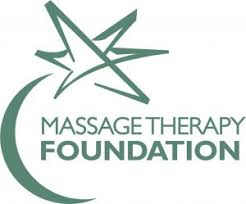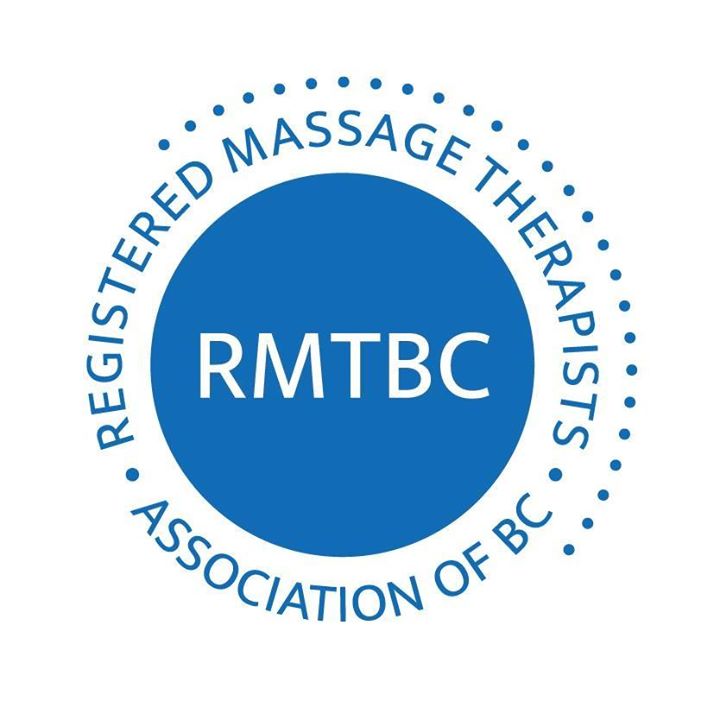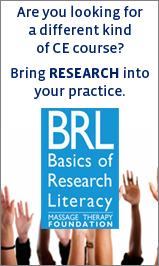Measuring the Effects of Massage on Exercise Performance and Cardiopulmonary Response in Children With and Without Heart Disease: A Pilot Study
Keywords:
Comfort, cardiac, CAM, integrative medicine, pediatric
Abstract
Background: Congenital heart disease, a common and serious birth defect, affects 8 per 1000 live born infants. Decreased exercise capacity and development of obesity is common in this population. These children may benefit from therapies, such as massage therapy, that could enhance cardiovascular and skeletal muscle function when they exercise. Purpose: A pilot study conducted at the pediatric cardiology clinic of the Mattel Children’s Hospital of the University of California–Los Angeles examined the safety and feasibility of measuring the effects of pre-exercise massage on exercise performance and cardiopulmonary response in children with and without heart disease. Participants and Methods: Sixteen children (mean age: 9.2 ± 2.2 years) participated in the study. Ten participants had various forms of heart disease, and six children were healthy. A female certified massage therapist with specialized training in pediatric massage provided a 30-minute massage to the participants. Using a standard protocol, each participant underwent two exercise tests: one test with and one without pre-exercise massage. Heart rate, blood pressure, and oxygen uptake (VO2) were measured in the participants. Results: All recruited participants completed the study. No adverse events occurred during any of the exercise tests or massage sessions. Measurements during exercise with or without a preceding massage were compared, and the pre-exercise massage condition yielded a significantly higher heart rate and higher minute ventilation. Measurements during exercise in children with heart disease and in healthy participants showed no significant differences in peak heart rate, blood pressure, peak VO2, peak work rate, minute ventilation, or respiratory quotient. Conclusions: In this study, peak heart rate, peak VO2, and peak minute ventilation were higher when children received a massage before exercise testing. Larger studies will be needed to investigate the strength of this finding. Future studies should include measurements of anxiety and psychological factors in addition to cardiopulmonary measures.Downloads the last 12 months
Download data is not yet available.
Published
2010-09-22
How to Cite
Beider, MPH, LMT, S., Boulanger, MS, CMT, K. T., Joshi, BS, M., Pan, MD, Y. P., & Chang, MD, MPH, R.-K. R. (2010). Measuring the Effects of Massage on Exercise Performance and Cardiopulmonary Response in Children With and Without Heart Disease: A Pilot Study. International Journal of Therapeutic Massage & Bodywork Research Education &Amp; Practice, 3(3), 12–16. https://doi.org/10.3822/ijtmb.v3i3.86
Issue
Section
Research





.png)





